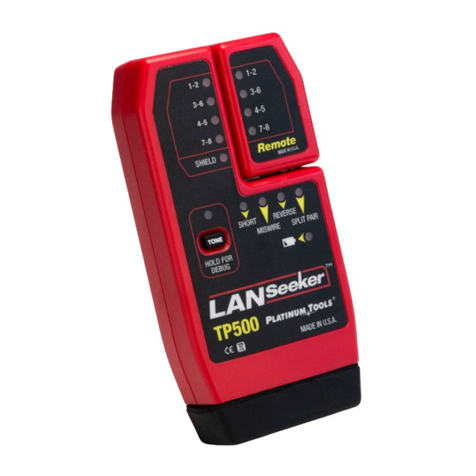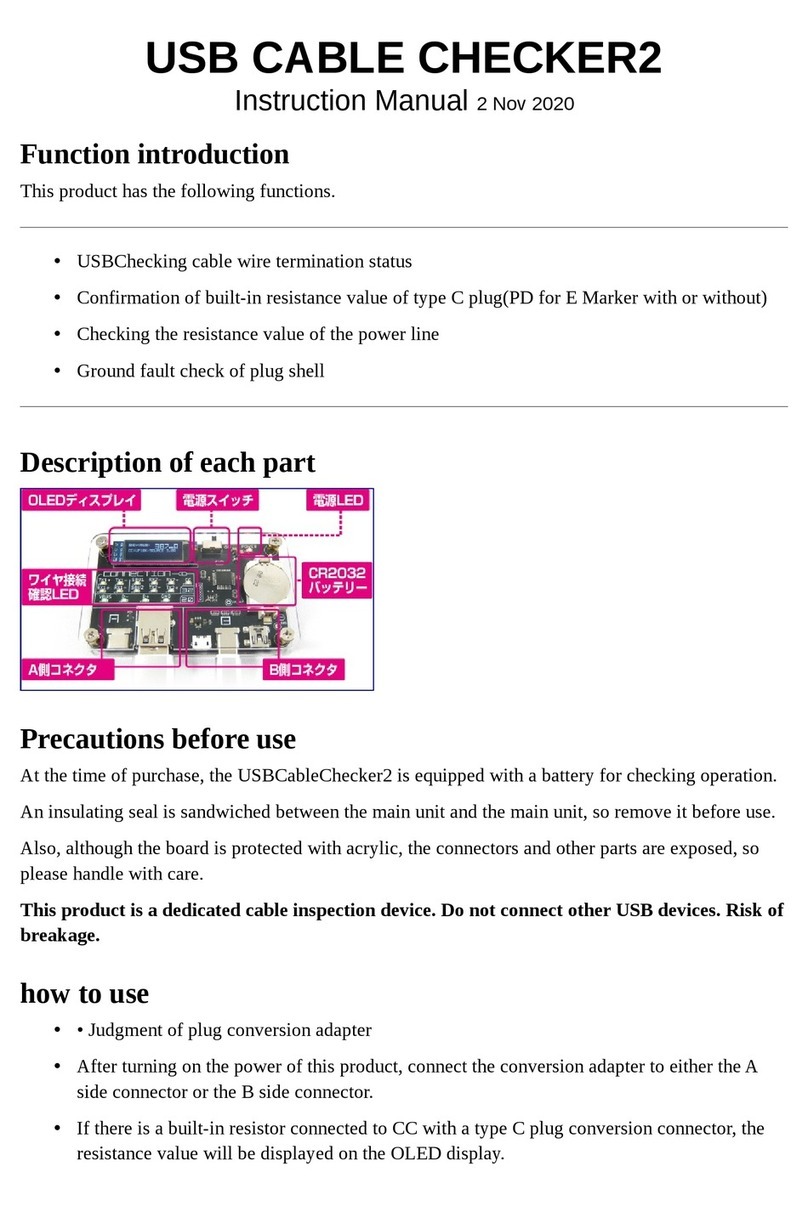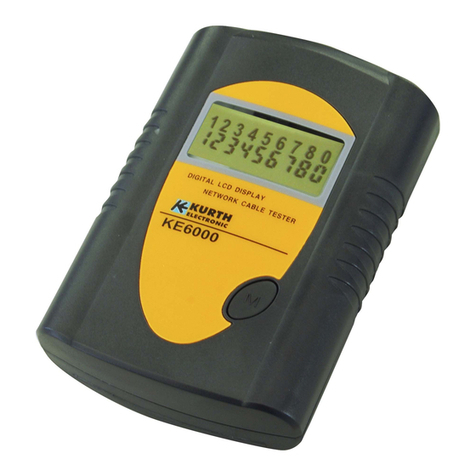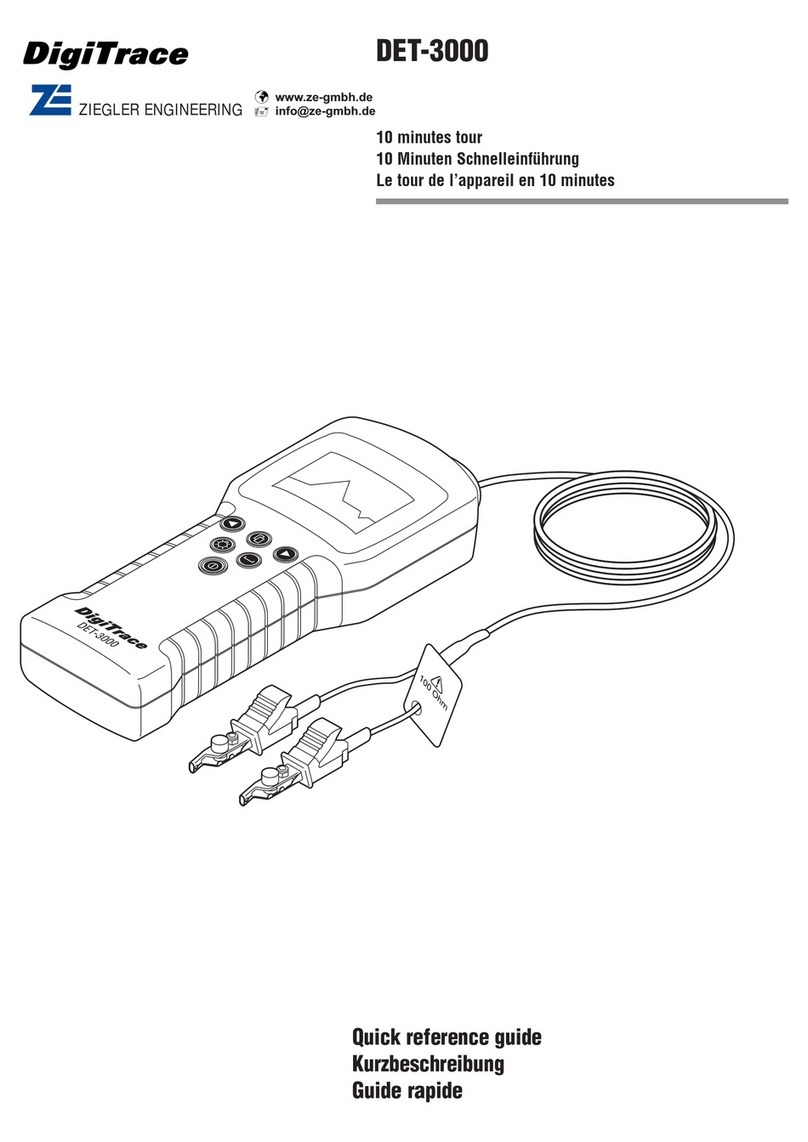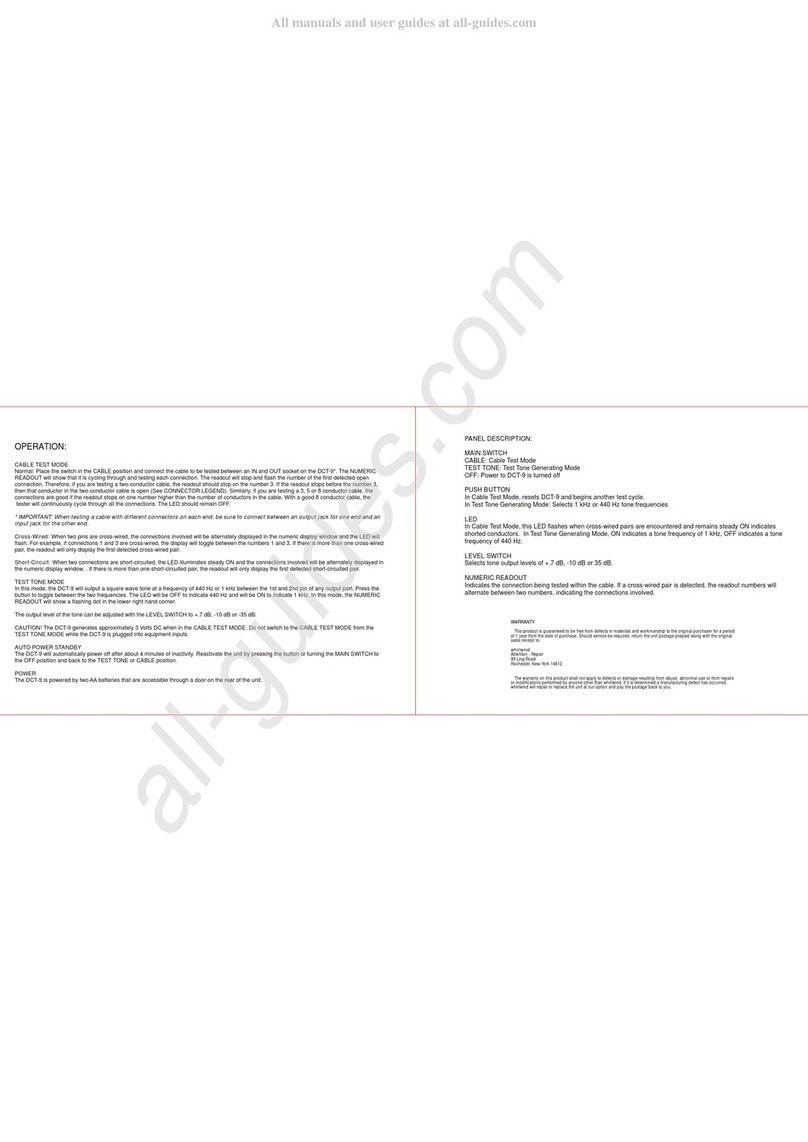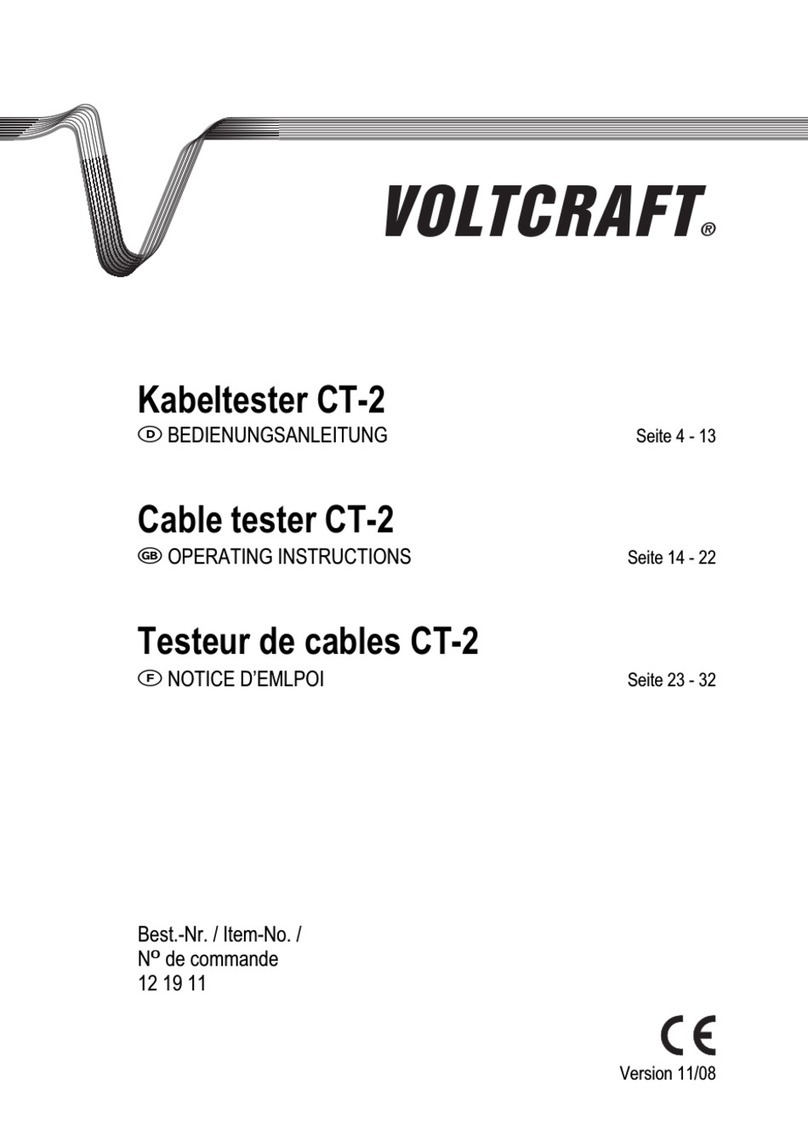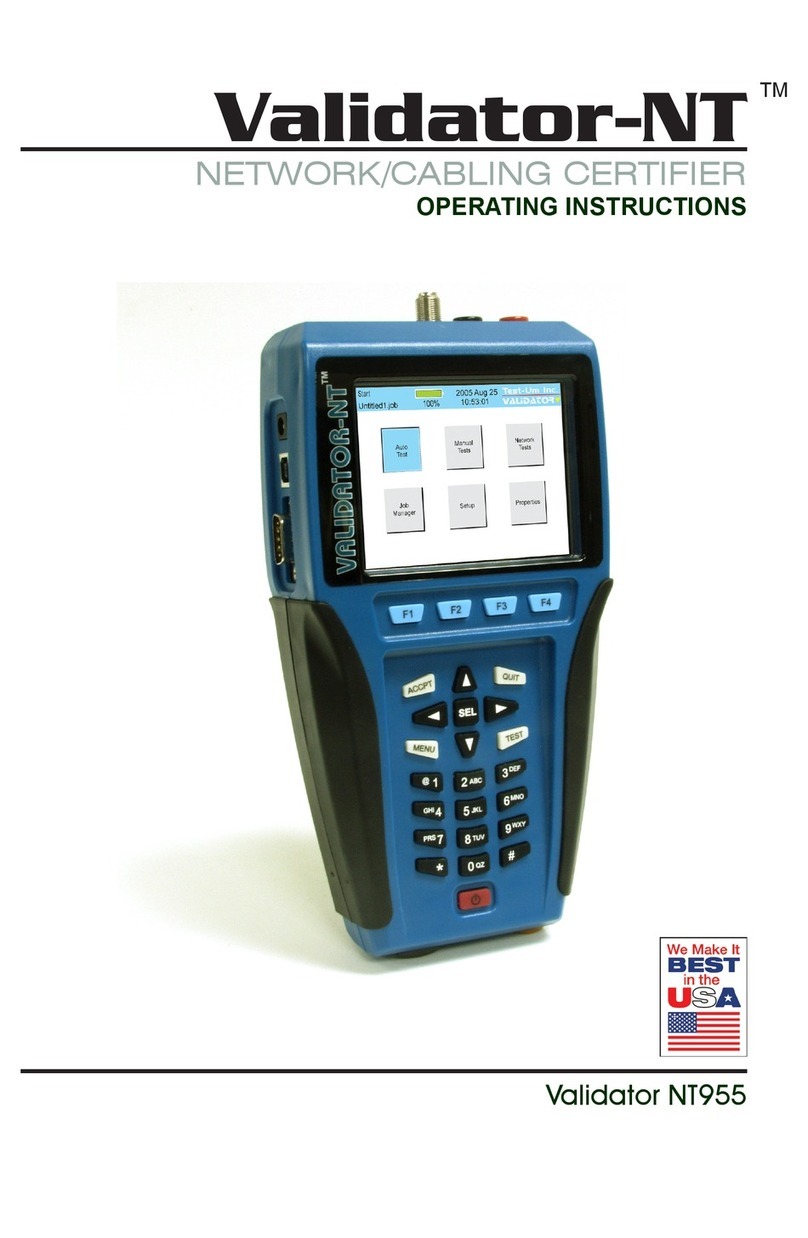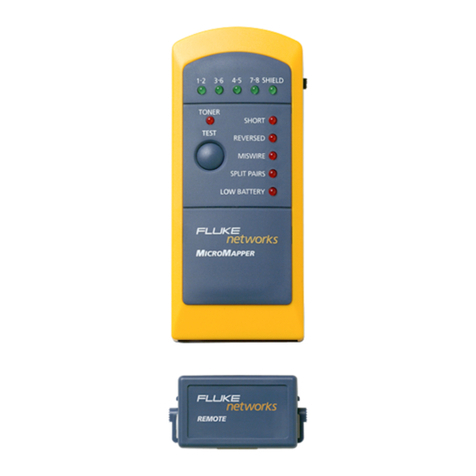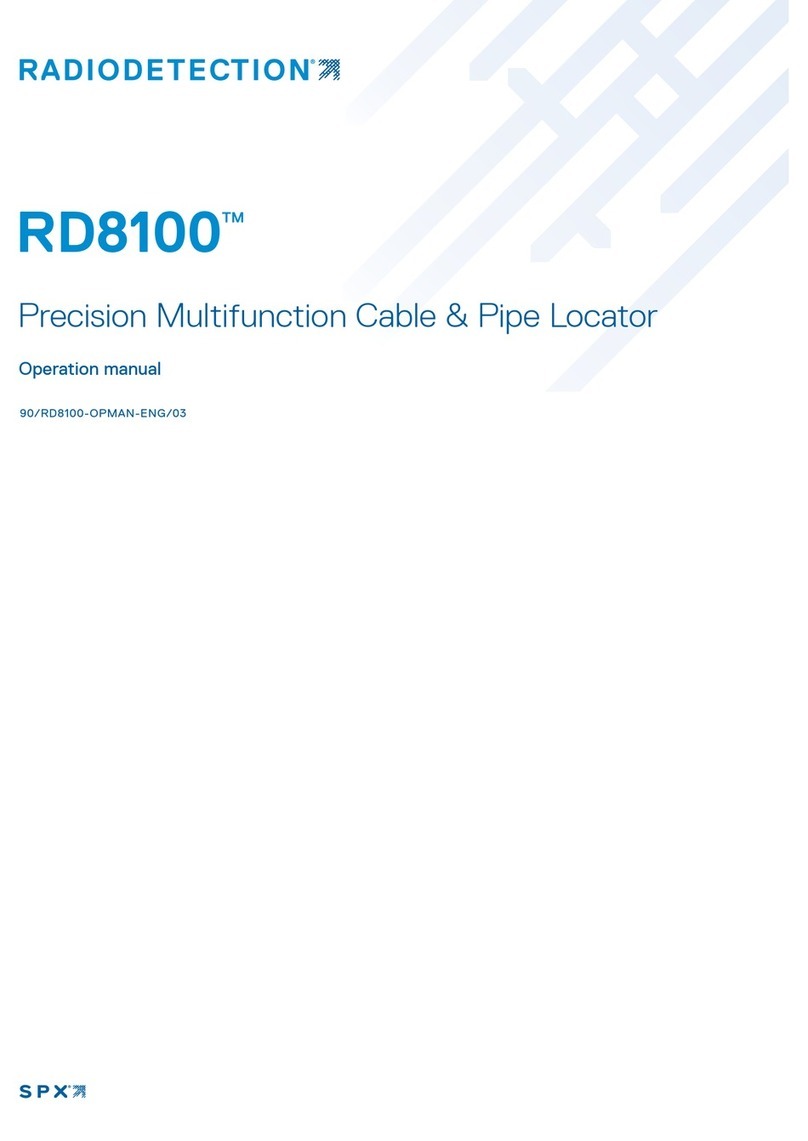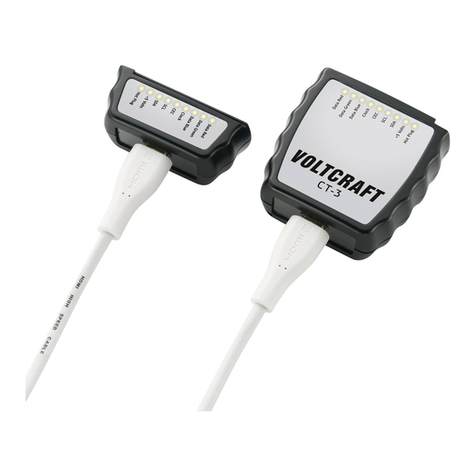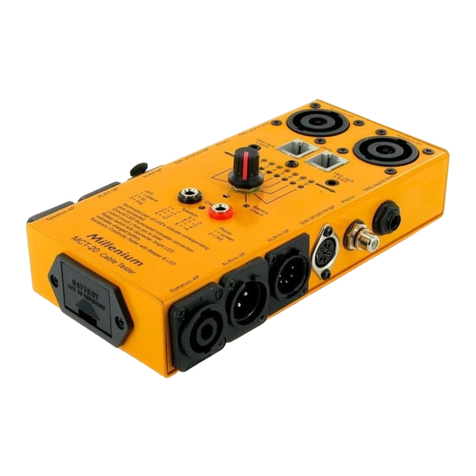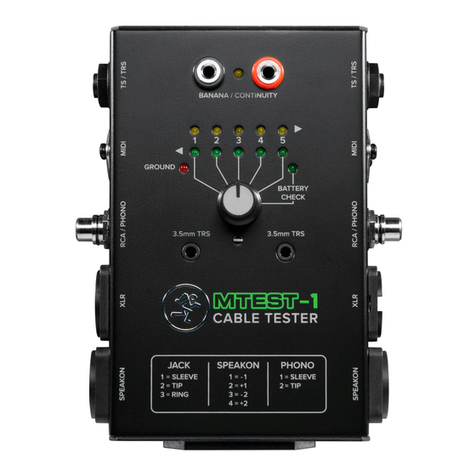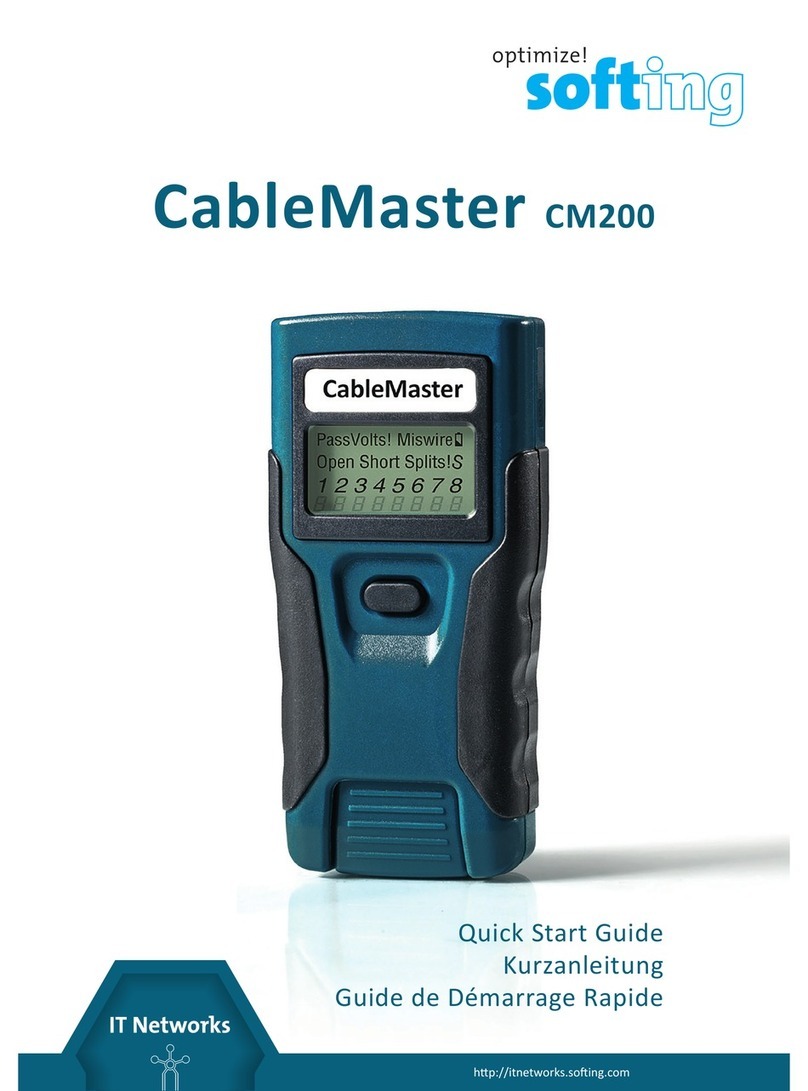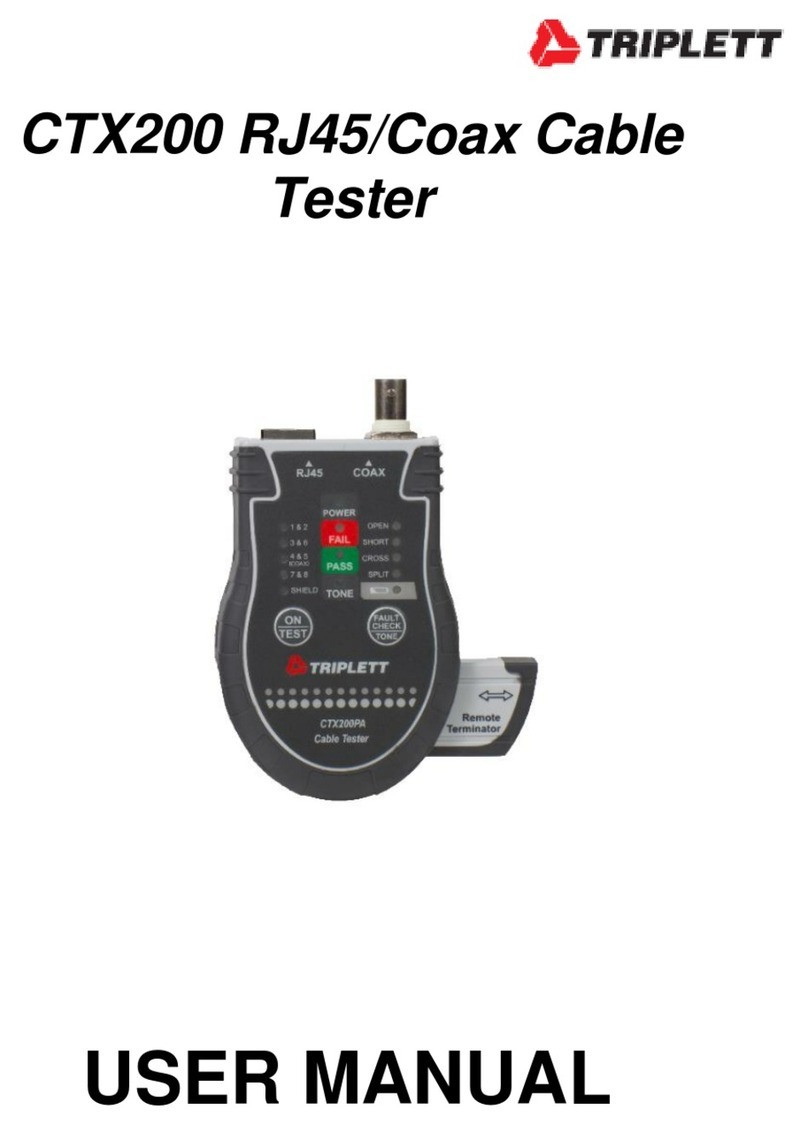Page 9
Technical Information
Continued
Testing of Electrical Equipment
Many testing personnel have some reservations in testing sensitive, electronic equipment
using a 500V DC insulation test. There is a perceived fear of causing internal damage
from over voltage. With the introduction on the TnT Range of appliance testers, these
concerns are alleviated.
The TnT Range of electrical portable appliance testers are safe to test electronic
equipment as the tests are carried from Active-Neutral (shorted by a relay inside the
tester) to Earth. No dangerous voltages pass through in this mode to the internal
components of the DUT (Device Under Test). If these tests are done using an Insulation
Tester only and the user tests Active to Neutral, this would be a cause of potential
damage, this is why the TnT product range is far safer to use.
Some changes may be required in certain configurations where fitted surge protection
devices (MOV's) in the DUT may cause a failed test result. Applying 500V in this these
situations can cause the surge protection devices to trip, therefore conducting the applied
voltage to earth, thus showing a failure of insulation. In these instances the test voltage
should be changed to 250V then retest. If DUT still fails, check with the DUT Operators
Manual or an electrician. [Refer to page 13 for details - ‘Double Insulation Test’
250/500VDC to change test voltage].
Under these circumstances, it would be difficult for any damage to occur to either the
surge protection device or the DUT, as there is insufficient current generated by the TnT-el
appliance tester.
Leakage Test:
If there are any doubts with insulation testing of the equipment, the standard
(AS/NZ3760 since 2001) allows for an alternative test method. A Leakage Test can be
performed instead. (The TnT-el & TnT+ models are designed to perform these tests).
NOTE: 10Amps MAXIMUM Resistive Load only (Standard TnT-el & TnT+ units).
A Leakage Test applies power to the Device Under Test (DUT) and measures the
imbalance of leakage current from the DUT between the active and neutral conductors.
The leakage is tested to the limits specified in the standard and a Pass/Fail result as well
as a digital reading is provided to ensure that the user gains as much information as
necessary.
Earth Continuity Test:
The TnT-el conducts earth continuity tests at Approx 200mA. Continuity tests at
higher currents are not required and are not recommended on certain
equipment as this can cause severe damage or premature failure to the DUT (as per
AS/NZ3760).
